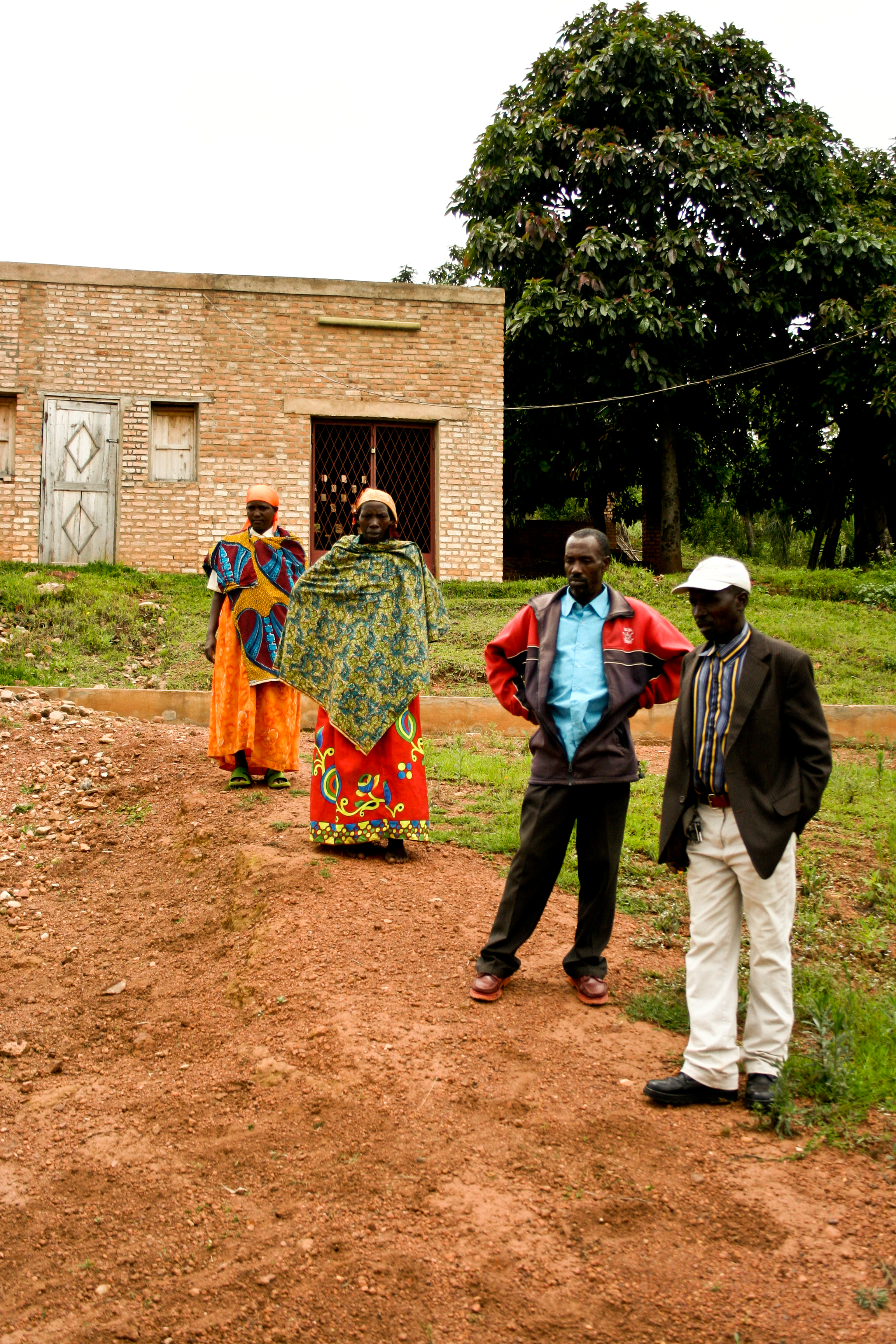 Introduction
The purpose of the following posts is to provide an overview of the Collaborative’s newest origin country. Burundi has become an exciting new destination for coffee in large part due to the major reformation the coffee sector has undergone throughout the past five years. Ever since Belgian colonizers introduced coffee to Burundi’s agricultural landscape, it has been the country’s primary export crop. But for the majority of coffee’s history within Burundi, it has been treated as simply a commodity: traditionally, production levels have been of principal concern and connected with this, Burundian coffee has neither been marketed, nor sold as a product of Burundi. It was often anonymously blended along with coffee from neighbouring countries and sold at “C” market prices.
Introduction
The purpose of the following posts is to provide an overview of the Collaborative’s newest origin country. Burundi has become an exciting new destination for coffee in large part due to the major reformation the coffee sector has undergone throughout the past five years. Ever since Belgian colonizers introduced coffee to Burundi’s agricultural landscape, it has been the country’s primary export crop. But for the majority of coffee’s history within Burundi, it has been treated as simply a commodity: traditionally, production levels have been of principal concern and connected with this, Burundian coffee has neither been marketed, nor sold as a product of Burundi. It was often anonymously blended along with coffee from neighbouring countries and sold at “C” market prices.
Parallel to Burundi coffee’s anonymity, the country, as a whole has failed to attract much international attention. It is tiny and landlocked and although it has experienced much in the way of ethnic conflict, political instability and resulting and long-lasting economic and social repercussions due to these factors, Burundi, with its decades long history of tragedies and horrors, has been overshadowed in international media coverage by the conflicts and tragedies of neighbouring Rwanda – once a neighbouring region within the same kingdom.
Since the 1950s, Burundi has experienced five civil wars; two of these categorized as “genocides” due to the systematic planning and sheer number of killings of one group over the other: In 1972, the mass killing of Hutus by Tutsis and in 1993, the mass killing of Tutsis by Hutus. What hasn’t been adequately presented in the majority of descriptions of the history of these two groups is that much of the shared past was characterized by peace. In fact, in speaking with Burundians who have lived through conflict, I was continuously met with sincerely expressed comments that there are few differences between the two groups. More than a few people described being completely ignorant of ethnic divisions until meticulously planned segregation campaigns (e.g. within educational institutions) began.
The information that will be presented in the following series of posts is an accumulation of information collected over the course of seven weeks. In addition to working with my colleagues at the Collaborative, I am a student at the University of Oslo and decided to focus my thesis on Burundi’s coffee sector and how its very recent move toward privatization has impacted the livelihoods of Burundian coffee producers. While Burundi’s history is not a focus of these posts, it is important to situate the following within this historical context because it all relates to the current state of the coffee sector and the ways in which its stakeholders are working.
The Coffee The best Burundian coffees exhibit intense sweetness and elegance. They are balanced and have a honey-like mouthfeel. Burundi boasts great natural resources for high quality coffee production: high altitudes, suitable cultivars, good soils, good rainfall. However, execution of high quality coffee is in its beginning stages. The coffee sector has changed structures several times in the past 60 years and after a long period of inefficient, complicated and disorganized management by the government, liberalization and privatization of the coffee sector began in earnest in 2007.
To Come The following posts will be broken down into three themes: 1. Structure and organization of the coffee sector; 2. The movement toward “specialty coffee”; and 3. What stakeholders from various parts of the sector are saying.
Thanks for reading, Melanie
[gigya src="http://www.flickr.com/apps/slideshow/show.swf?v=71649" width="700" flashvars="offsite=true&lang=en-us&page_show_url=/photos/kaffa1/sets/72157631279228920/show/&page_show_back_url=/photos/kaffa1/sets/72157631279228920/&set_id=72157631279228920&jump_to=" allowFullScreen="true" ]



